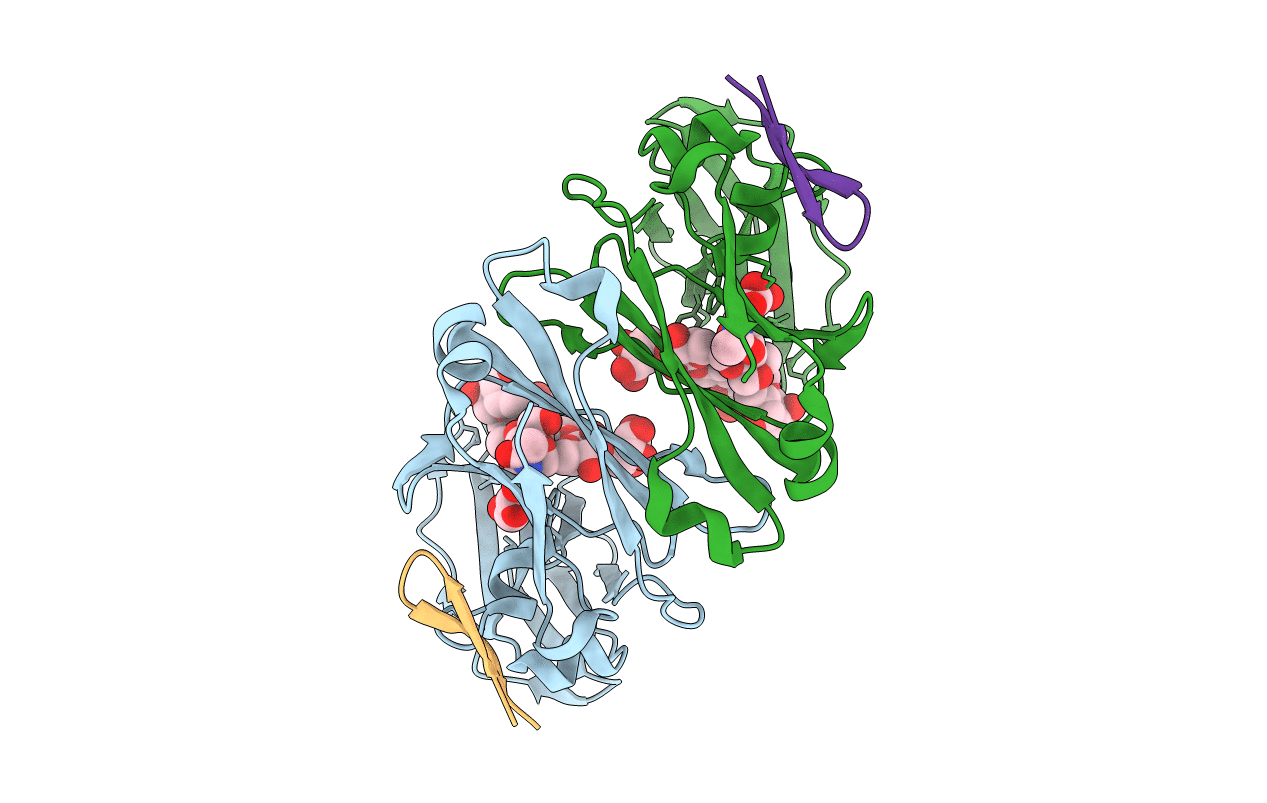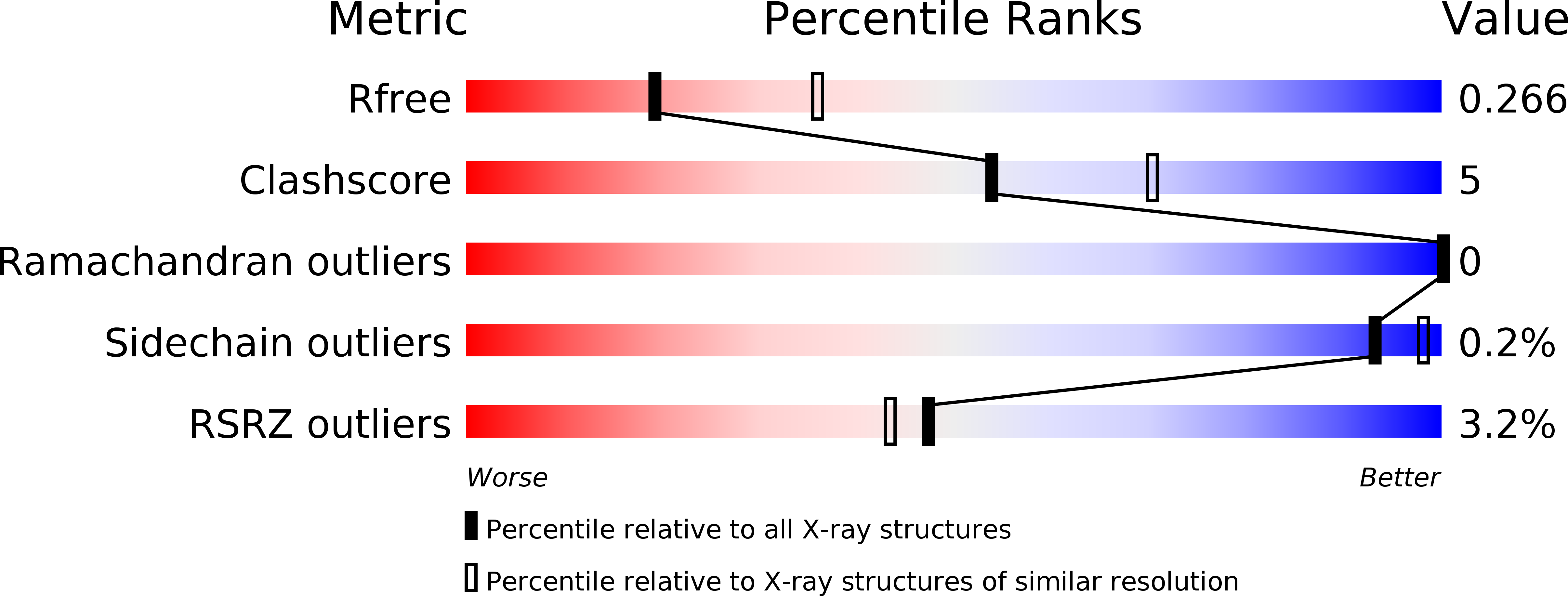
Deposition Date
2018-12-04
Release Date
2019-01-16
Last Version Date
2025-04-02
Entry Detail
PDB ID:
6N9T
Keywords:
Title:
Structure of a peptide-based photo-affinity cross-linker with Herceptin Fc
Biological Source:
Source Organism:
Homo sapiens (Taxon ID: 9606)
synthetic construct (Taxon ID: 32630)
synthetic construct (Taxon ID: 32630)
Host Organism:
Method Details:
Experimental Method:
Resolution:
2.58 Å
R-Value Free:
0.26
R-Value Work:
0.22
R-Value Observed:
0.23
Space Group:
P 1 21 1


